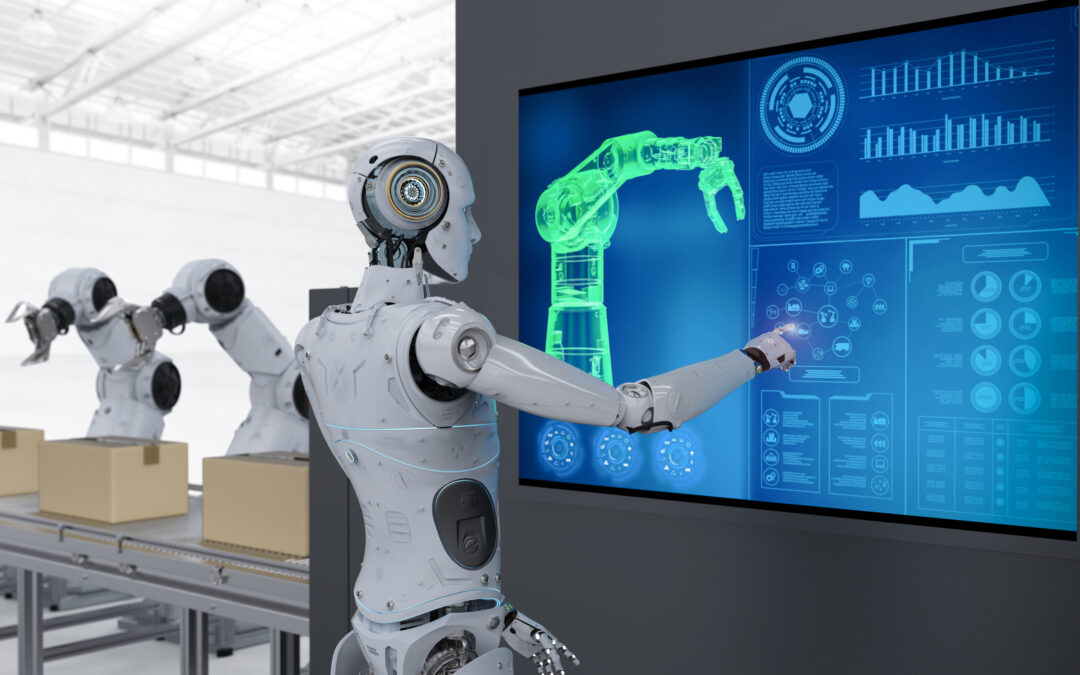Digital logistics –
make the right investments now
The race is on: logistics companies that want to be at the forefront of the market need advanced digital solutions. Basic technology is no longer enough. This makes it all the more important to make targeted investments now. However, implementation is complex and requires a digital vision and the reshaping of the business model.
The logistics sector is under considerable pressure to transform. High costs, labour shortages, and insecure supply chains are causing it problems. Competition for short delivery times and satisfied customers is growing. More flexibility, predictability, control, efficiency, and resilience are urgently needed. An international survey by McKinsey of 250 shippers and service providers in the transport and warehousing segments shows how companies are increasingly turning to technology as a solution.
According to the study, most companies have maintained or increased their investments in digitalisation since 2020 – despite the difficult market conditions. They intend to keep this up over the next three years. The technology race is therefore in full swing. Those who have let the topic slide so far must catch up as quickly as possible. Above all, to reduce costs and increase productivity.
Transformative power of sophisticated solutions
Expanding digital capabilities can create significant value. In operational processes, leading players achieve performance improvements of 10 to 20 per cent in the short term and 20 to 40 per cent within two to four years. Integrating resilience into decision-making using digital tools can reduce EBITDA risks by up to 60 per cent and increase company valuation by up to 20 per cent. And, by working closely together, transport and warehousing companies can often realise a 5 to 10 percent increase in turnover within two years.
In order to achieve such effects, it is important to implement highly developed digital technologies. Warehouse management and transport management systems are only the basis – they are now standard in companies. The majority of companies also use more advanced IT applications that support real-time transparency, route optimisation, and telematics. However, cutting-edge solutions such as robotics, network digital twins, and real-time insights could be decisive for the next productivity boost.
Which solution is worthwhile?
Companies need to select the right use cases to best ensure value creation. They have to find their bearings in an increasingly complex IT landscape and recognise which capabilities and technologies will make the difference in the future.
According to the study, automated guided vehicles (AGV) for internal transport, enhanced driving solutions, and digital yard management are beginning to become established in the transport sector, for example. Digital freight procurement, asset tracking, and data mining are already widespread. Delivery drones and hydrogen vehicles are still in their infancy.
In the warehouse sector, real-time performance management for distribution centres and AGV-based goods-to-person solutions are widely used or are well on the way to becoming so. Digital warehouse twins, dynamic labour management, and gesture and motion tracking have proven themselves in pilot testing, while fully automated item picking, network digital twins, and smart shelves have demonstrated their feasibility.
Digital command centres with micro apps are also on the rise, allowing the entire logistics system to be monitored centrally – from planning and storage to transport.
Mastering complexity, securing the lead
However, companies are not only required to identify the right, forward-looking technologies for them, but also to integrate the various solutions seamlessly and effectively. This is the only way to optimise performance and return on investment in the face of an ever more complex IT landscape. A good third of logistics service providers already rely on eight or nine different transport solutions and five or more applications in the warehouse.
Costs are seen as the biggest challenge when it comes to implementation and embedding. Change management and training are also proving to be particularly difficult. In addition, companies need to transform their operating models through a multi-layered approach. For example, a digital vision and its impact on the business strategy must be developed. All business areas need to be considered. New ways of working must be defined and employees must be empowered to make the switch. Consistent management, control and optimisation are also essential.
“The digital transformation initially ties up extensive resources and causes uncertainty and unrest,” says Rico Back, Managing Partner at SKR. “But we at SKR also recognise this: those who succeed in taking their way of working to a new level by developing new ground-breaking skills gain a significant competitive advantage and ensure their ongoing viability in the long term.”
More insights

M&A market in transition:
new opportunities for the logistics industry

CEP market – how to deal with the crisis?

Cybersecurity: new risks and regulations
Get in touch
Contact
Phone +41 41 500 05 31

